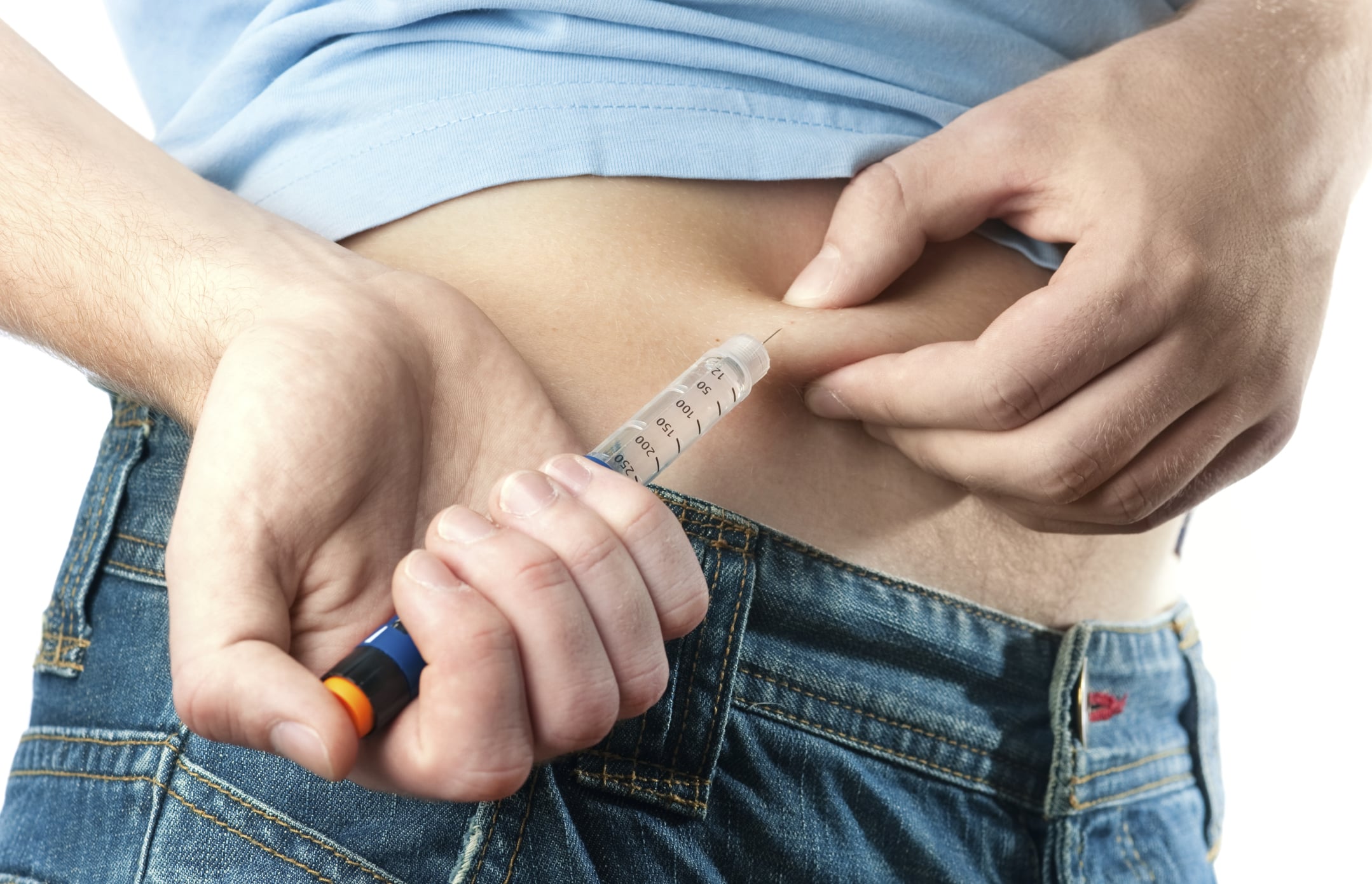The body is prompted to release insulin when there is glucose present. But other macronutrients, hormones, and biological substances also promote the release of insulin. Therefore, experts at humalog explain that in order to control blood glucose levels, both insulin and glucagon, their inverse hormones, are essential.
Table of Contents
When Does Insulin Get Released?
Only in laboratory conditions do insulin reactions look as clean as those mentioned above. However, because there are so many variables at play in real life, it is harder to anticipate how much insulin is secreted in response to meal intake. Additionally, the response to insulin is influenced by brain input and other digestion hormones, including incretin.
Different Insulin Responses Are Induced By Particular Foods.
For instance, non-esterified fatty acids, produced from excess carbs or high-fat diets, increase glucose production and decrease insulin sensitivity.
There is some evidence that they also affect the release of glucose-stimulated insulin. For example, elevated blood levels of non-esterified fatty acids have been associated with an increase in the release of glucose-stimulated insulin in the short term. Still, persistently high levels of non-esterified fatty acids result in a decrease in both the release of glucose-stimulated insulin and the production of insulin.
Insulin Receptor Function
The unique proteins known as insulin-responsive substrates (IRS) found in insulin receptors modulate the effects of insulin on the body’s cells. IRS 1, IRS 2, IRS 3, and IRS 4 are the four different IRS proteins that have been found.
What Insulin Does At The Cellular Level?
The key roles of insulin in the body’s cells involve mRNA transcription and translation, as well as the metabolism of carbs, lipids, and amino acids from protein. Additionally, it indicates a significant amount of intracellular energy and accelerates the passage of glucose from carbs into fat and muscle cells.
During lactation, insulin triggers the creation of fatty acids in adipose tissue (fat), the liver, and the mammary glands. It also has an impact on phospholipid metabolism.

Throughout the body, insulin promotes the synthesis of proteins. Additionally, it helps in mRNA translation into ribosomal proteins and mRNA transcription.
The management of the body’s cellular energy supply and the balance of micronutrients are two major aspects of insulin’s function.
Conclusion:
Insulin controls the anabolic processes that result in muscle growth, tissue repair, and other bodily functions when the body is fed, as opposed to fasting. As a result, insulin informs the body that there is a surplus of energy, allowing it to stop breaking down its fat reserves and start synthesising new fat.

